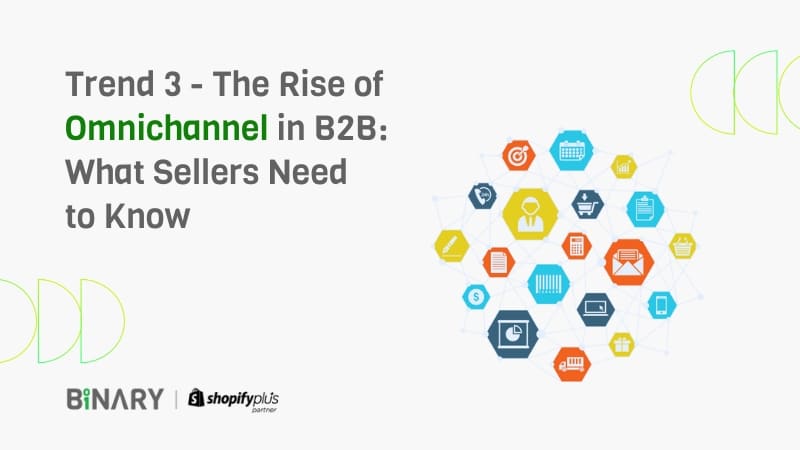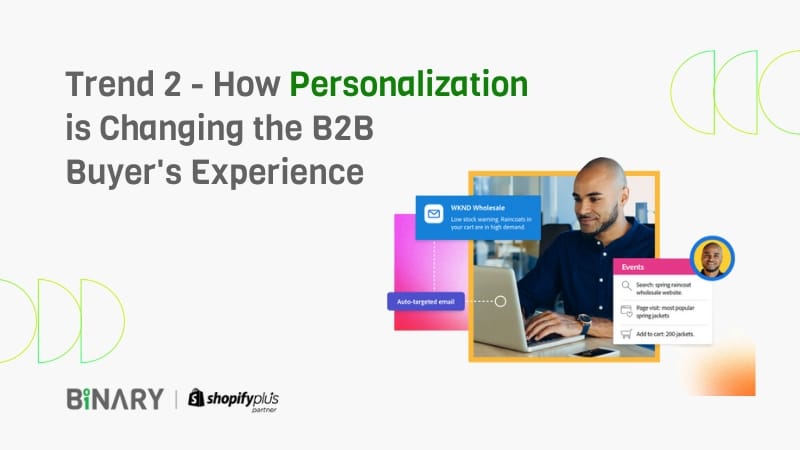Did you know that as of 2021, there were over 2,000 different ecommerce platforms available globally, each offering its unique set of features and functions? Choosing the right one for your B2B business is crucial for success.
- Understanding Your Needs:
Before diving into the sea of options, it’s essential to understand your business’s specific requirements. Consider factors like your target audience, the scale of your operations, and the type of products or services you offer. - Features and Functionalities:
Every ecommerce platform comes with its own set of features and functionalities. Some offer robust inventory management tools, while others prioritize seamless checkout experiences. Evaluate which features are essential for your business and prioritize them during your search. - Scalability and Flexibility:
s your business grows, so should your ecommerce platform. Look for a solution that can scale with your business and adapt to changing needs. Flexibility is key, allowing you to customize and tailor the platform to suit your unique requirements. - Cost Considerations:
Cost is another critical factor to consider. While some ecommerce platforms offer all-in-one solutions with fixed monthly fees, others operate on a pay-as-you-go model. Compare pricing plans and consider factors like transaction fees, hosting costs, and additional add-ons. - User Experience:
A seamless user experience is vital for driving conversions and retaining customers. Opt for a platform that offers intuitive navigation, mobile responsiveness, and fast loading times. Remember, a clunky or slow website can deter potential buyers. - Support and Resources:
Lastly, consider the level of support and resources provided by the ecommerce platform. Look for platforms that offer comprehensive documentation, tutorials, and dedicated customer support to help you navigate any challenges along the way.Selecting the right ecommerce platform is a critical decision for any B2B business. By understanding your needs, prioritizing essential features, and considering factors like scalability, cost, and user experience, you can find the perfect fit to drive your business forward.























